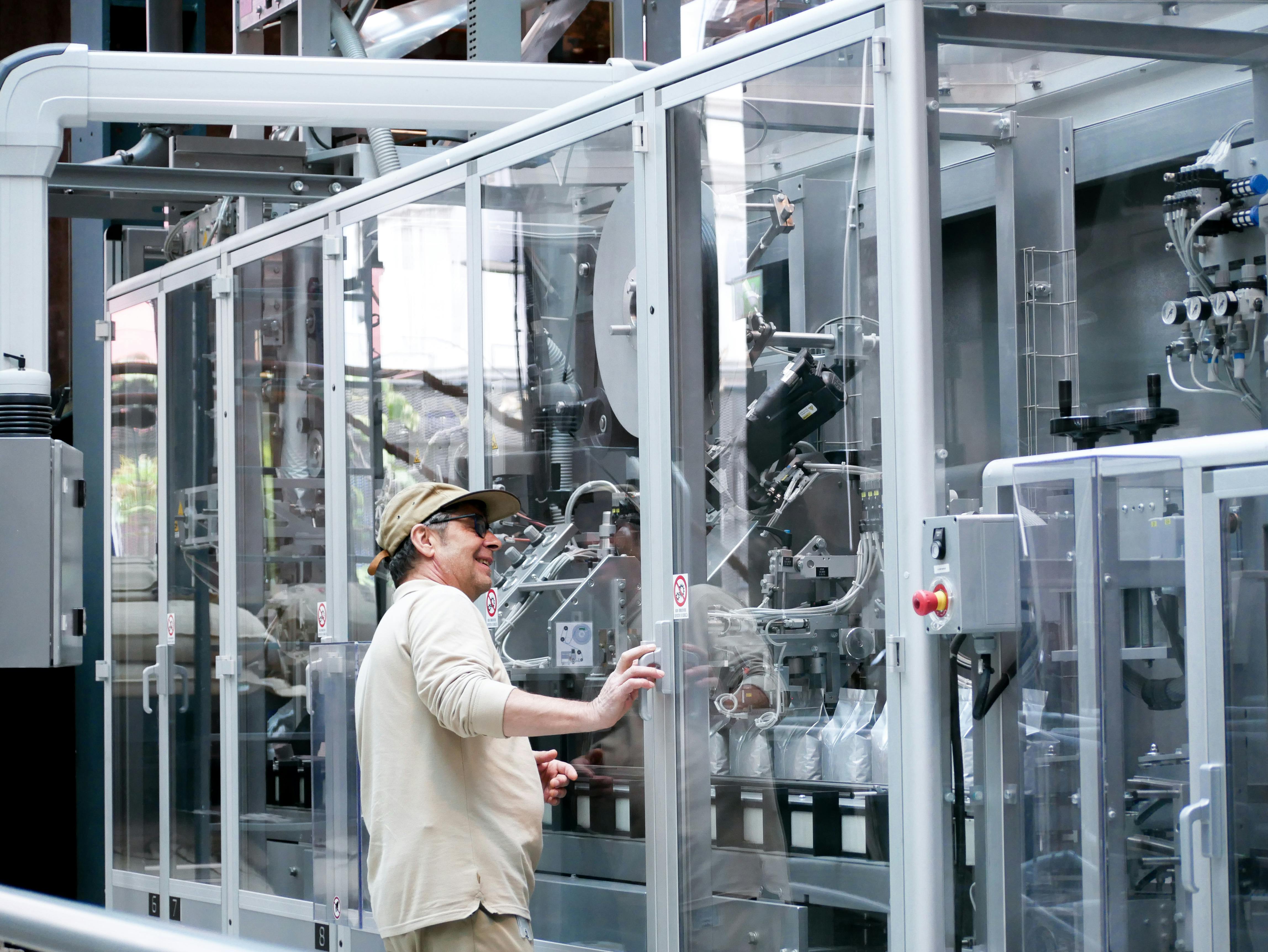By John Holloway

Overall Equipment Effectiveness (OEE) is a common metric manufacturers use to measure the effectiveness of their processes. If your company is implementing lean manufacturing and continuous improvement projects, you’re definitely hearing a lot about OEE. It might even be part of the way you’re being judged on your performance.
But what exactly is OEE? Where did it come from? Why does it matter? And how can you calculate and improve it?
What is OEE?
The concept of OEE was developed by Japanese business guru Seiichi Nakajima, who based it on Harrington Emerson’s pioneering work on labor efficiency. Nakajima developed it as part of his revolutionary Total Productive Maintenance system at Toyota subsidiary Nippon Denso in 1969 and further developed it until it reached the U.S. in the 1980s.
OEE is quite simple. It quantifies the percentage of manufacturing time that is actually productive through the metrics of Quality, Performance, and Availability.
A 100% OEE score means a plant is:
- Manufacturing good-quality parts (100% quality)
- As fast as possible (100% performance)
- With no downtime (100% availability).
OEE is a purely internal metric. As Nakajima himself said, “Overall Equipment Effectiveness percentages should only be used to compare equipment to itself over time, never to compare different equipment or equipment running different products.”
Why does OEE matter?
OEE is an industry-wide standard for understanding improvement within manufacturing processes. Once your OEE is visible (ideally through direct measurement from machines), you can spot weaknesses, benchmark progress, and fine-tune the productivity of your factory floor.
How can I calculate OEE?
Start with your entire week (or day, or month).
You would use this as a baseline for a related metric, TEEP (Total Effective Equipment Performance), but OEE only includes scheduled operating hours.
Subtract from that time period any scheduled production stops for things like plant shutdowns, breaks, or holidays. These only include stops outside of your production process. Now you have your planned production time, the OEE baseline.
Availability
Availability is the ratio of run time to planned production time. Any event that stops planned production long enough for an operator or sensor to log it causes a loss of availability.
Those events could include equipment failures, material shortages, and even planned stops within the production process like changeover time. Even if you can’t get rid of those planned stops, it’s important to highlight them as an area for potential improvement.
The time you have left over after calculating availability loss is called run time.
Performance
Performance is the metric that deals with slowdowns. Slow cycles and short stops in the manufacturing process cause performance loss.
They are usually caused by issues like machine wear, poor material quality, misfeeds, and jammed equipment.
Once performance loss is included, you are left with your net run time.
Quality
The final metric is quality, which accounts for substandard finished product.
Quality loss is caused by scrapped parts and parts that need rework.
Once quality loss is calculated, you are left with fully productive time.
OEE Calculation
Calculate the percentage of fully productive time to planned production time and you have your OEE.

Most deficits are caused by the “Six Big Losses” of OEE, which can monitored and improved through continuous improvement efforts.
Availability: Planned downtime and breakdowns
Performance: Minor stops and speed loss
Quality: Production rejects and rejects on startup
When does OEE not work?
OEE is incredibly helpful as an internal improvement tool, but it has its limitations.
For example, if a factory costs more to run at certain times due to staffing issues or variable power costs, OEE won’t take that into account. The same goes for systems where the cost of error is very high, which would make it worth it to shut down a line and slash Availability to fix a small Quality issue.
Its simplicity can also work against it. Because it works like a geometric mean, it punishes variability between submetrics. One bad score (like a major Quality deficit) is punished far more harshly than across-the-board mediocrity.
Finally, if your plant and shift managers are judged on OEE, even the most ethical employees will feel some pressure to fudge the numbers. Make sure your incentive structure doesn’t reward bad data.
How can I increase my factory’s OEE?
OEE was developed as part of lean manufacturing and continuous improvement thinking. If you are successfully implementing those systems, your OEE should naturally increase.
Both of those systems start with visibility. With a tool like the Glassdome Continuous Improvement platform, you’ll be able to monitor your OEE in real time, broken down by line and shift. The data comes right from machines, not from operators’ clipboards (although we can build that in as well), so you get a perfect view of what’s happening on your floor right from your computer, iPad, or phone.
If you’re ready to see, understand, and solve your factory’s biggest challenges without a huge upfront investment, let us know. Our manufacturing experts can help you get started today.
More Articles







